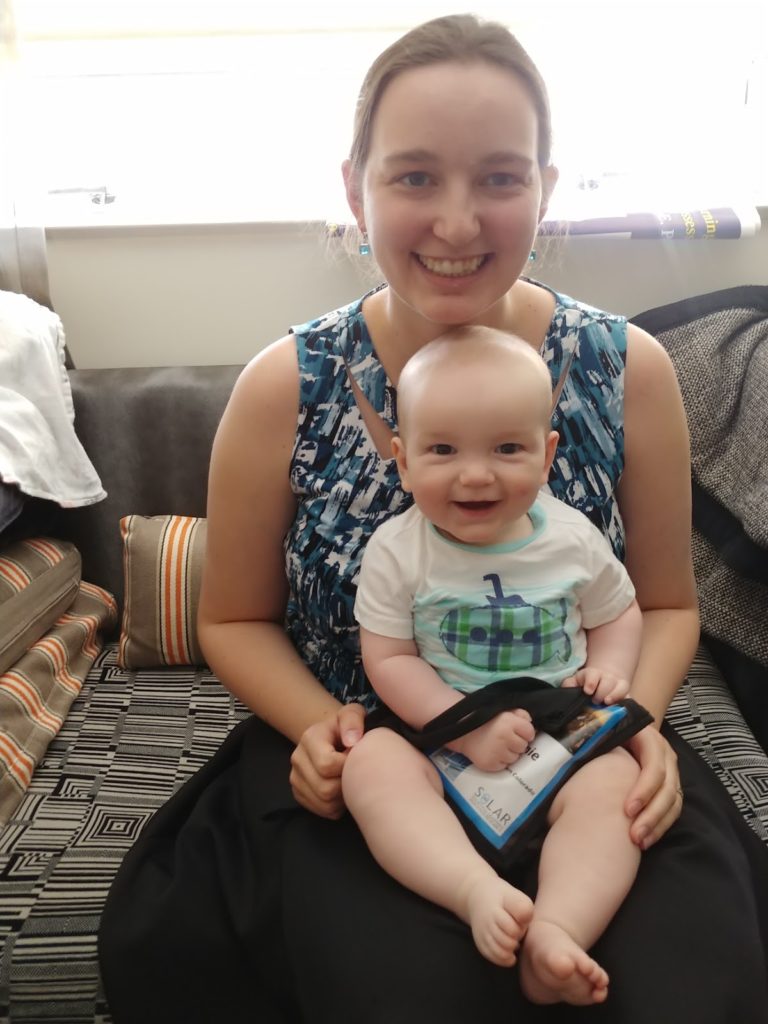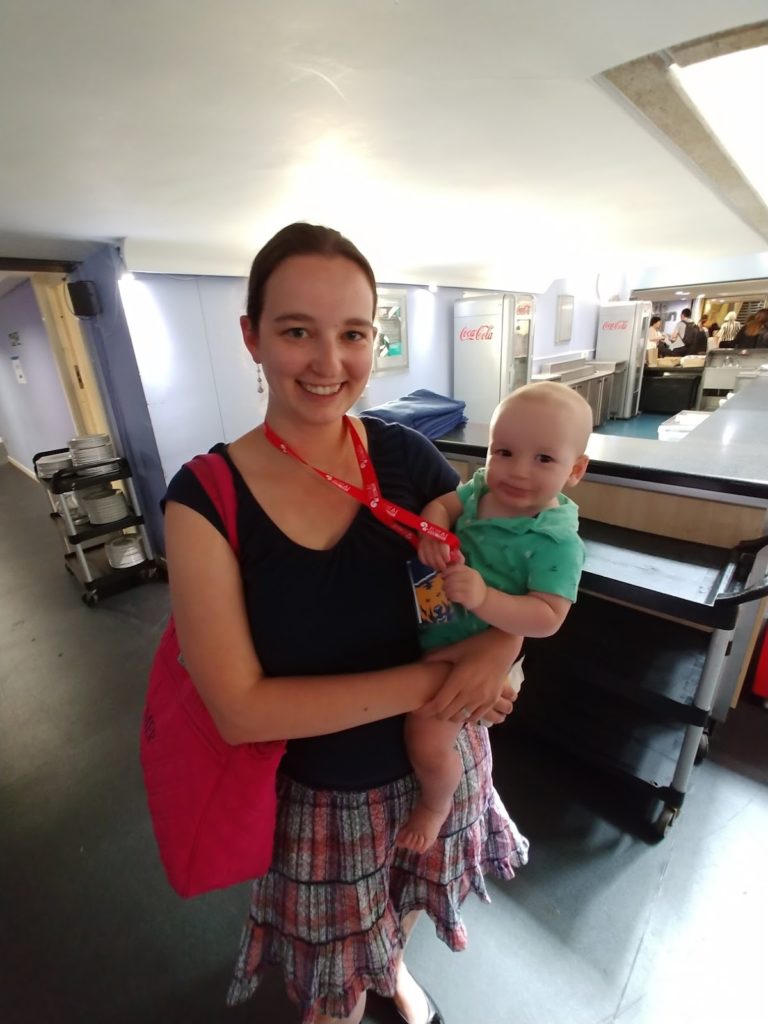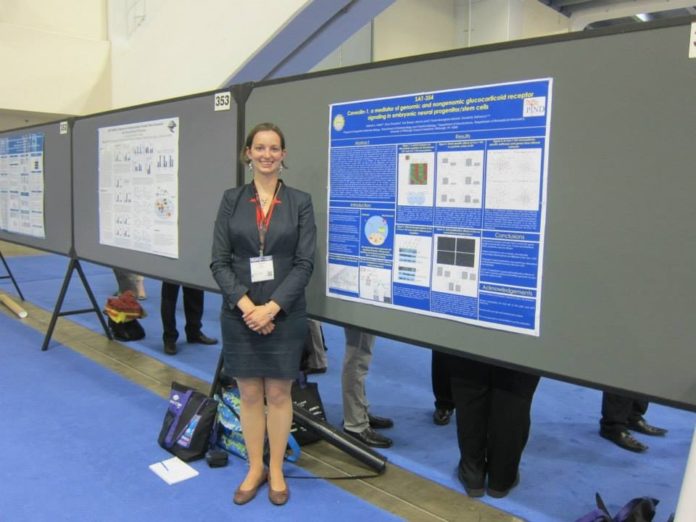Dressing the part as a budding scientist
When I was in graduate school, I bought my first … and last … suit. I was preparing to give my first research presentation at an international scientific conference. I had won a scholarship to go to San Francisco to give the talk, and I wanted to make sure I looked the part.
So to the store I went and bought a navy blue suit. I gave my presentation and didn’t think much again about my conference attire for a few years.
Then as I continued on in my professional life, I started to reconsider women’s suits. At the lack of femininity present in so much professional dress. Why are professional women expected to don masculine dress? Why did I feel the need to dress masculine to fit in among scientists?
Can you imagine if men were expected to wear dresses or skirts to demonstrate their belonging in a professional community? Or if men felt they needed to wear a dress to “look the part” like I did by wearing masculine business attire when I first went to a major scientific conference?
Dressing the part as mother and scientist
As I continued my career as a scientist, I decided to become a mother, too. A very different exploration of femininity and professional life. I engaged in the entirely female experience of birthing a child, then nursing that child for two-and-a-half years. I faced the challenges of pumping and figuring out the logistics of childcare when I couldn’t be away from my child and needed to attend scientific conferences as a fledgling independent scientist.
My partner was ever supportive. He took time off work to travel with me. That way I could network and learn and he would carry our child over to the conference venue every two to three hours so I could nurse. No need to force weaning when neither I nor my child were ready or to miss the meetings that were so critical to advancing my career. By then, I’d embraced my femininity, choosing instead to wear colorful skirts or a hot pink sheath dress while also looking professional.

Conferencing with a baby in Sydney, Australia
Conferencing with a baby in London, England
I asked about a nursing facility at one of the conference venues I attended. I was told to go back to my hotel room. There wasn’t sufficient break time, so I nursed my son in the foyer of the conference center. Then the comments started about how nice it was I had “Mr. Mom” there to care for my child while I worked.
“Mr. Mom” – not a co-parent or a partner. But a tongue-in-check veiled insult both at my husband and me. That the mother was the caregiver, and yet I was working. That the father could not parent, but rather was there to babysit.
It doesn’t stop there though – there are so many dichotomies in our world today. If a woman is assertive, she is a “bitch”, while a man is a “leader”. If a man is nurturing, he is weak, and if a woman is nurturing, she is a good mother.
But gender identity or expression isn’t the same as competence. A woman or man can be both nurturing and a leader.
My hopes for the future
My hope is my female-expressing students don’t feel the need to dress in masculine clothes to fit the part at a professional science conference. That my male-expressing students aren’t afraid to be nurturing. That my child grows up to be less saddled by expectations of gender that have nothing to do with competence, either at home or in the workplace. That we normalize professional and parenting life for both men and women – and move toward a society that supports both.
I dream of family-friendly workplaces becoming the norm. Of more professional communities that value work-life balance. Where being a parent isn’t a mark against you. Where women aren’t expected to work as if they don’t have children at home. Where men aren’t expected to act like they don’t have children that need their care.
I dream of a society that acknowledges we are all humans, regardless of gender identity or expression, and adopts an inclusive, rather than a binary, view. A society where pants and dresses are given equal play and respect.








